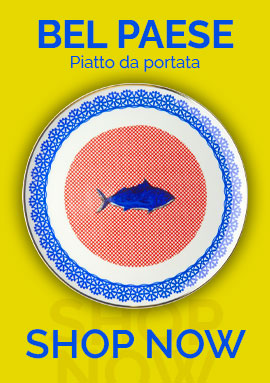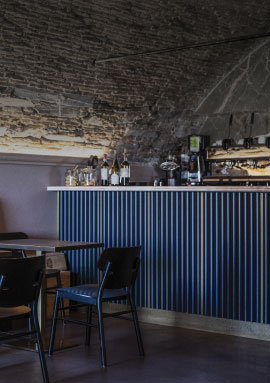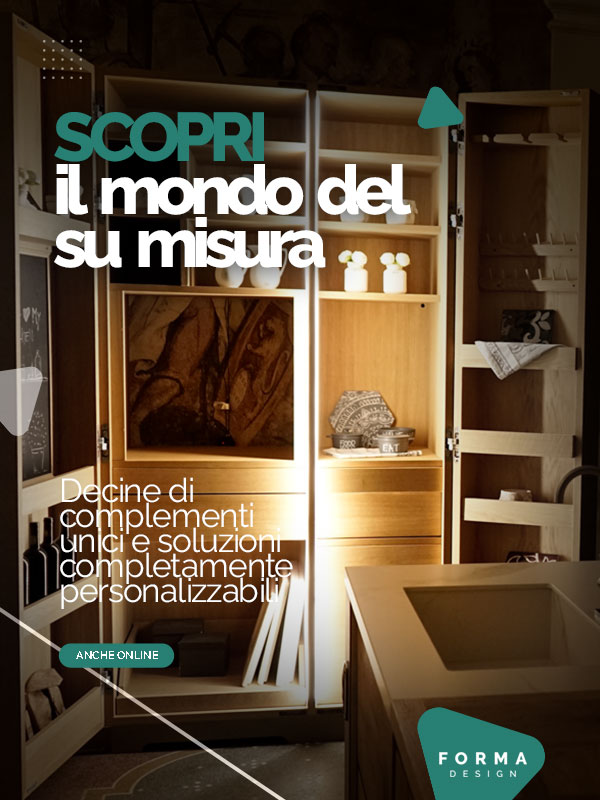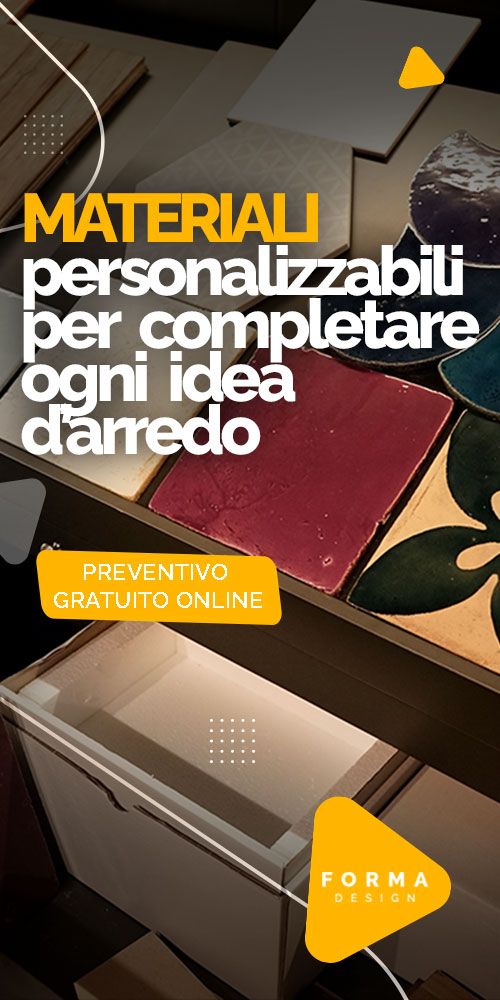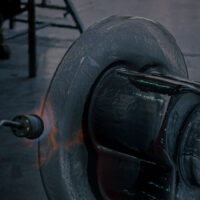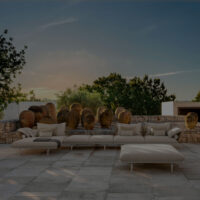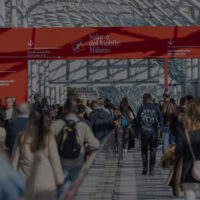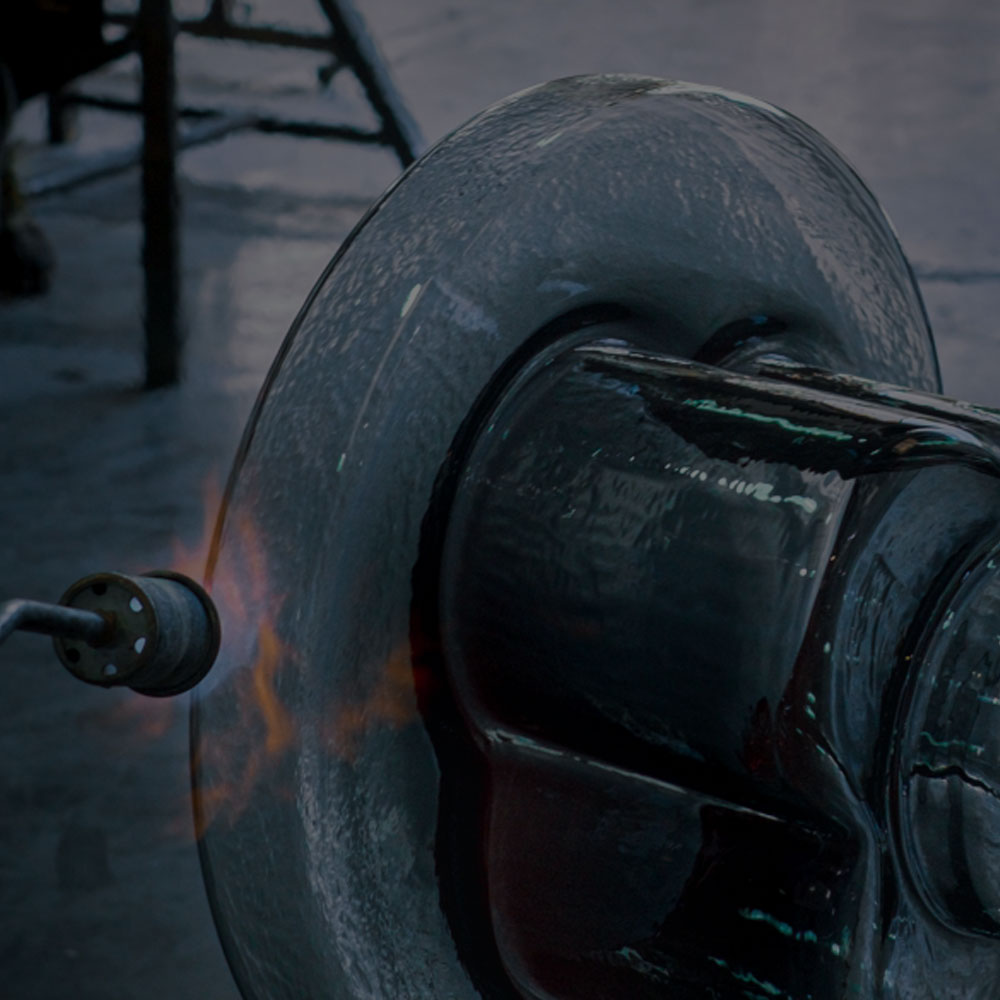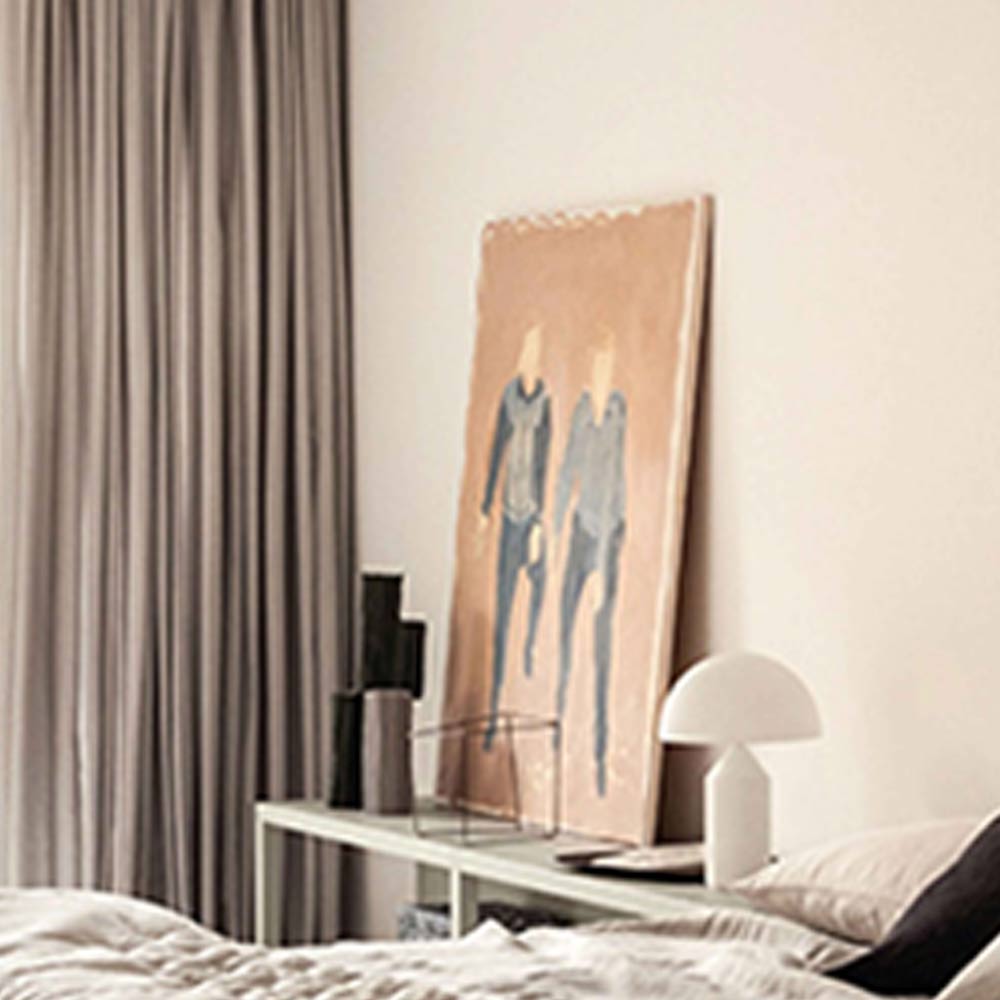The title can only refer to Munari

Bruno Munari was an undisputed master of Italian art, graphics and design of the 20th century and has made a strong contribution in various fields of visual expression: painting, sculpture, cinematography, graphics and industrial design.
His “parterre” of knowledge is wide; during his career he frequented Castagnedi, Andrè Berton, Ettore Sottas, Nino Salvatore, Marinetti, leader of the Futurist movement (for which he exhibited the first “useless machines” in 1930) and many other personalities who characterized the artistic and cultural heritage of that period , still a source of inspiration and guidance. He was one of the first to conceive artistic installations, video installations, polarized light projections, kinetic works of art, but also imaginary objects, toys, and the photography that he used as a means of light experiments.
A humble and curious teacher who makes fantasy his banner and for which he will write a book. In this book – which in my opinion opens the mind with many other published treatises – analyzes: creativity, fantasy, imagination and invention.
“Fantasy: it is everything that was not there before even if it was unattainable. Creativity: everything that was not there before, but that is achievable”
From this writing it is clear that knowledge is fundamental to be creative, since we create by reworking things already present in our mind, proposing them in an alternative form.
A creative person is an inexhaustible source who can always give his cultural contribution to the community.
Munari in his grate career will then go on to generate works where “every compositional element, every shape and every part of the surface can be considered both foreground and background”.
“The resulting effect – OP optical art – makes each shape that makes up the work seem to move – creating a chromatic dynamic, an optical instability according to how the viewer takes into consideration each form”
A creative explosion contained in this elegant and funny man who is also expressed through the design and creation of some covers of: “Domus” magazine directed by Giò Ponti at the time, with images that are the expression of Concrete Art, that is : the one that shows the inner nature of man and woman, human thought, sensitivity, aesthetics, the sense of balance and everything that is part of the inner nature, just as much nature as the outer one, Munari tells us.
The genius of Munari various pieces of furniture, most of them for Bruno Danese and Jaqueline Vodoz. In this context, he created works that we still have the desire to have to characterize at least one corner of our home. The “Dattilo” table lamp, the “Cube” ashtray and “the cabin”, a removable modular bed produced by Rexite. But what everyone certainly remembers is the Falkland Lamp. A suspension lamp but also a floor lamp, designed in 1964. Falkland was born not from the imitation of nature but from the interest in forms of analogue structure. For this we find three elements expressed in it: the elasticity given by the tubular knit (produced by a hosiery factory) which thanks to the tension given by the insertion of some metal rings of different diameters and the Weight takes a spontaneous shape. A work of art that is therefore not an end in itself but goes straight to functionality, inspired by the nature of what inspires its designer.
In this regard it is in fact necessary to talk about the biomorphic and organic forms that reveal themselves, not by tracing a tree root or an electric discharge, but by testing them.
There is a way to “copy” nature and there is a way to understand nature. Copying nature can be a gesture stemming from manual dexterity and it may not even help to understand for the mere fact that it shows us things as they normally are seen. “Studying natural structures, observing the evolution of forms, can instead give everyone the opportunity to understand more and more the world in which we live. (Art as a profession, 178)
With the study, we move on to the exploration of structures (generated by the repetition of the same or similar shapes), because the structure has the characteristic of modulating a space by giving it a formal unit (the hive) facilitating the designer who by solving the basic problem – the module – solves the whole system accordingly.
Anthropomorphic forms that will give life to ergonomic objects of daily use with imminence towards an ascetic principle of simplicity, “natural” constructive rationality.
A concept that we see by minimizing waste. Concepts that in this period are more important than ever to us and ideas that can be a source of inspiration to direct our creative desire towards a natural form: in fact, nature creates its forms according to the material, the use, the function, the ‘environment.
It seems that an exact thing is also beautiful, so the study and observation of natural spontaneous forms is very useful for the designer, who gets used to using materials. Driving them to a new nature.
Of course the designer does not work in nature, but within the industrial production and therefore there will be another type of spontaneity that arise from his projects. A form of industrial naturalness, dictated by simplicity and constructive economy.
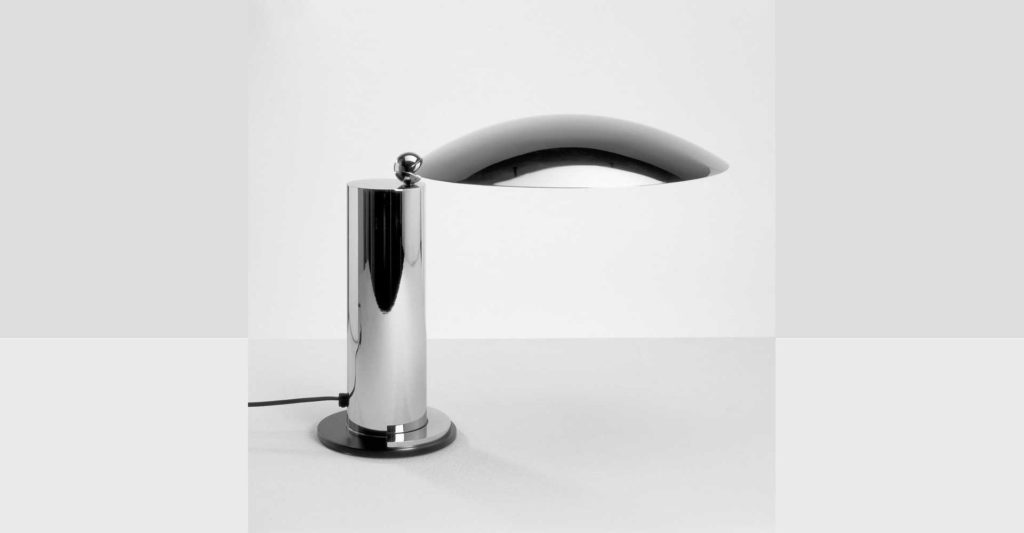
But how can the forms of nature be transferred to the field of industrial design? Let’s say that in the field of contemporary design, this is a stabilized and widespread research field. It is usually referred to as biomimetic or biological mimetic. Munari talks about it in terms of “bionics” in From what is born (1981):
In this perspective of exploration of the natural, it seems that Munari wonders why we should strive to produce artistic forms, or pseudo-such, when we can easily find them around us? Can we forget about Brancusi, or Arp, or Burri, and learn to look directly at the natural, which gives us analogous forms, more structurally and formally appropriate and interesting, and totally free? Is art possible without artists? Basically, as Munari writes in Written records:
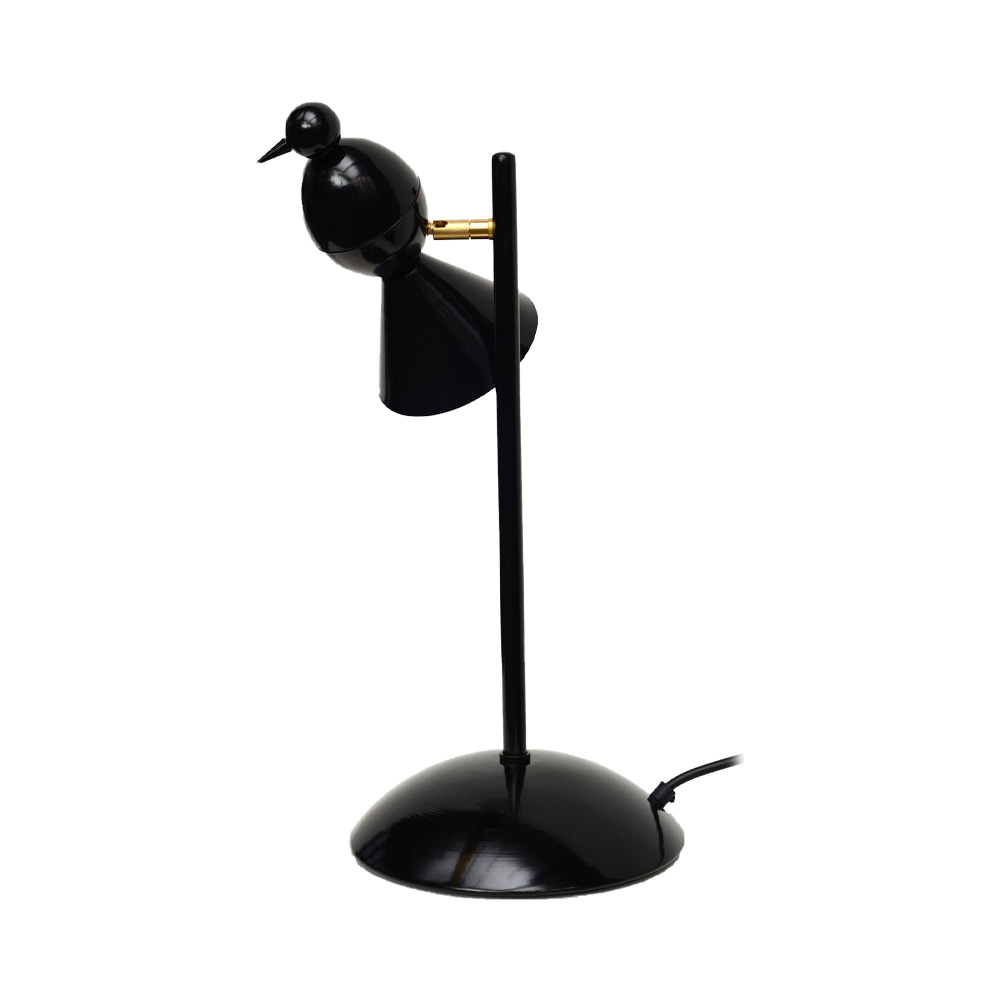
“L’uovo ha una forma perfetta benché sia fatto col culo” “The egg has a perfect shape although it is done with the ass”
This question is a provocation. I also believe that there is a profound link between the study of nature and the development of the product in a creation that, however mnemonic is the result of an artistic act that generates an event in a movement, a unique and unrepeatable idea.
“There must not be an art detached from life: beautiful things to look at and ugly things to use.” B.Munari

